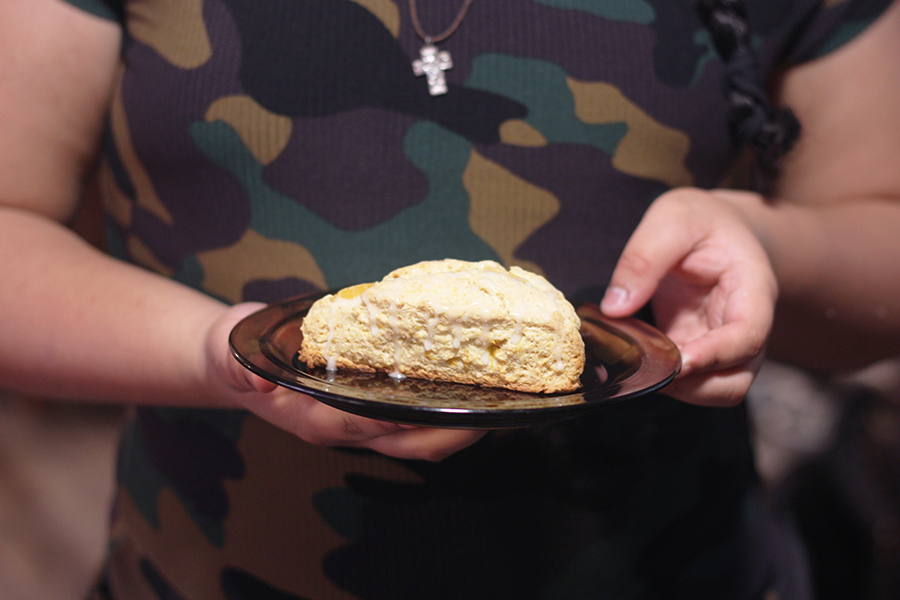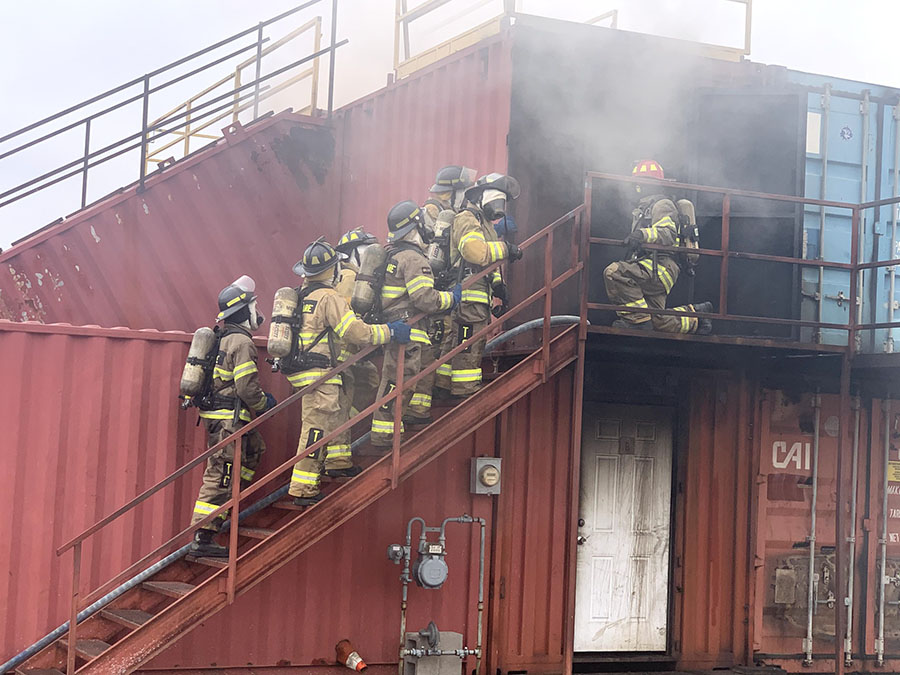It’s Monday morning. For the majority of people, mornings are accompanied by the frantic clatter of alarms. Those people reach over in desperate attempts to stop the god-awful ringing. Five more minutes. Too tired. Snooze.
For the Paul family, mornings are anything but ordinary, despite being a family that lives in the city. They have an alternative to alarm clocks: chickens. But the party doesn’t end there. Along with the abundance of chickens comes the racket of geese, ducks and cows.
Not quite a person’s average day.
However, the commotion of farm animals isn’t odd for the Paul family, as they’ve been raising these animals since 2011. Prior to that, they grew up in a relatively traditional household, with only a dog and cat as pets. Back then, the family had no desire to raise farm animals nor did they have any knowledge in terms of how animals were supposed to be raised. It wasn’t until talking to a family friend that inspiration struck.
“I did not have any interest in farm animals,” mother and farm owner Jen Paul said. “I grew up in Pennsylvania in farm country, so I saw a lot of them. But other than seeing them, I didn’t really have any experience with them. It was my husband who, out of the blue, said ‘I’m going to get some cows, what do you think?’”
The idea of raising animals sprung up in an ordinary home with a backyard too little to accommodate. Jen and her husband, Rob Paul, knew that in order to make their new idea a reality, they would need plenty of extra space, prompting the family to find a new place to live. Rob’s job as a home builder simplified the typically painstaking process of finding a home.
“We found the property [after] a real estate agent contacted me because I was developing the community behind us,” Rob said. “He called me at work to say ‘Are you interested in buying this for work? Because you can turn it into part of the community in development?’ It didn’t work out for that. Too many trees [and] too big a creek. [It was] just too difficult to develop, so we looked at it personally to buy it.”
After making an investment on the five-acre plot of land, a new idea occurred to Rob: tear down the current home to build a new, modern version of a house. He visualized it immediately. His vision challenged him to create a living space to replicate the exact image in his head.
“He brought me here and there was this little house here, and he had this whole vision in his head,” Jen said. “He was like ‘Here’s where I’m going to have the driveway, this is where the barn’s going to go,’ and I’m like ‘I can’t see any of that. I don’t see it.’”
Making their ideal home a reality, however, was no simple task. Construction began during the winter of 2015, a particularly rainy winter. This was frustrating for both Jen and Rob as the rain delayed their plans. In addition to the unfortunate weather, the dirt on the property was difficult to work with as it was too unstable, requiring an immense amount of work on building a strong foundation alone.
“[The worst thing about the construction] was all the parts that nobody sees,” Rob said. “The dirt, the utilities underground and the locations for the buildings with the appropriate underground electricity and sewer and water. It was getting it to a state where you could actually build up-right. That was the hardest part.”
The setbacks and rain delays did not stop the Paul family. After a year and a half, the family moved into the new property in July 2016. Jen and Rob had enough room to truly establish the perfect farm and provide their children with a unique, life-changing experience. Aside from the exclusivity of living on a farm, their daughter, Amanda Paul, recalls learning valuable life lessons from living on the property.
“I think it really gave me more of an appreciation of where food comes from,” Amanda said. “[It’s showed me] how animals live: not in cages and warehouses.”
As for the animals on the property, there is a tremendous variety, with chickens making up the vast majority of the farm animal population. Gathering such a large number of animals and being able to arrange them all in one place was no easy task. Initially, they started gathering the animals on an additional piece of land and progressively moved them into their new home. It took an abundance of time and patience, and continues to be a challenge as predators are are constant threats to the animal population.
“It’s been a lengthy process,” Jen said. “We’ve had as many as maybe 13 cows. Then we went down to three when we moved here, but we’ve had two babies since then so now we have five. The chickens, we started off with maybe six. Then it went to 18. And earlier this year, some [were] eaten by [a] bobcat. [Before that] we had over 100 chickens, 21 geese [and] 20 ducks. We have a little less now but it’s [still] a lot.”
As time goes on and the animal family continues to expand, Jen and Rob look back fondly on the place they built from the ground up and feel immense gratitude. They are thankful they are able to live the way they do, surrounded by animals and nature whilst still being connected to the world around them.
“[It’s] being able to look both directions and see, it sounds very antisocial, [but] not see other homes,” Rob said. “It’s not that I’m not seeing other homes, it’s that there’s trees, lawn, [a] creek and a cow will walk by. It’s such a different environment than suburban Dallas-Fort Worth. That’s just the best part. Two minutes from everything [in Flower Mound] but visually, it feels much more out in the country than it is.”
The family agrees, however, that the most satisfactory part about living a lifestyle through which they are able to interact closely with a wide range of animals is the opportunity to learn and love each of the animals individually. Caring and loving: the two simple concepts that keep the Paul family at home.
“The animals give you love back,” Amanda said. “They love you as much as you love them.”


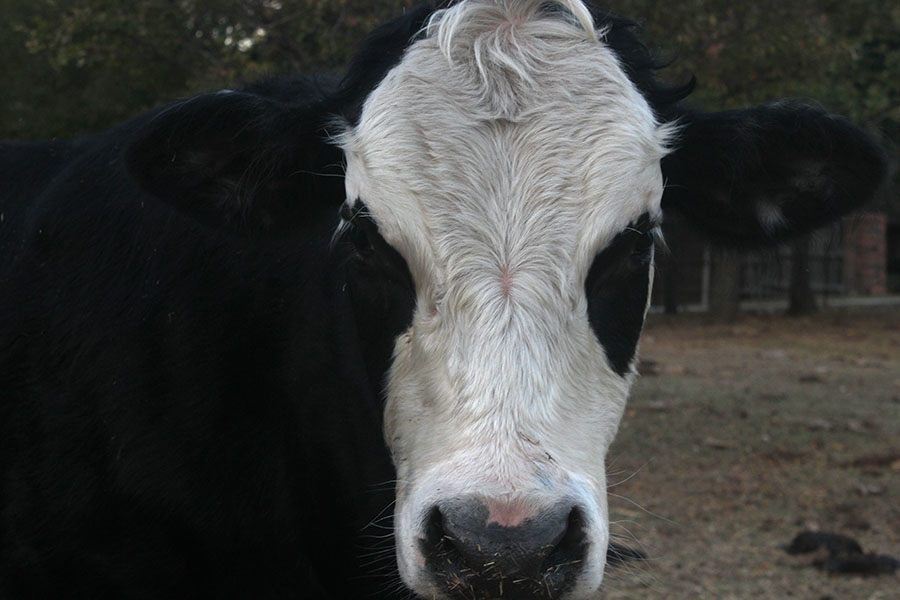
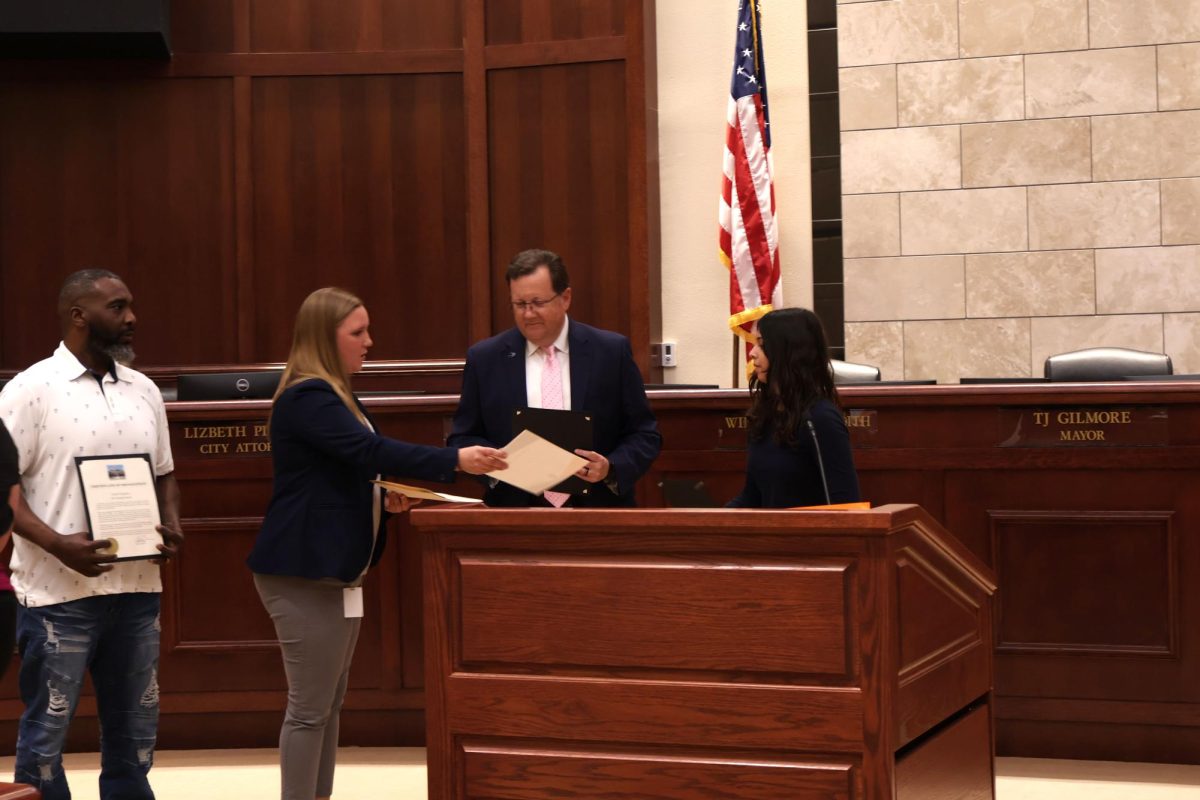



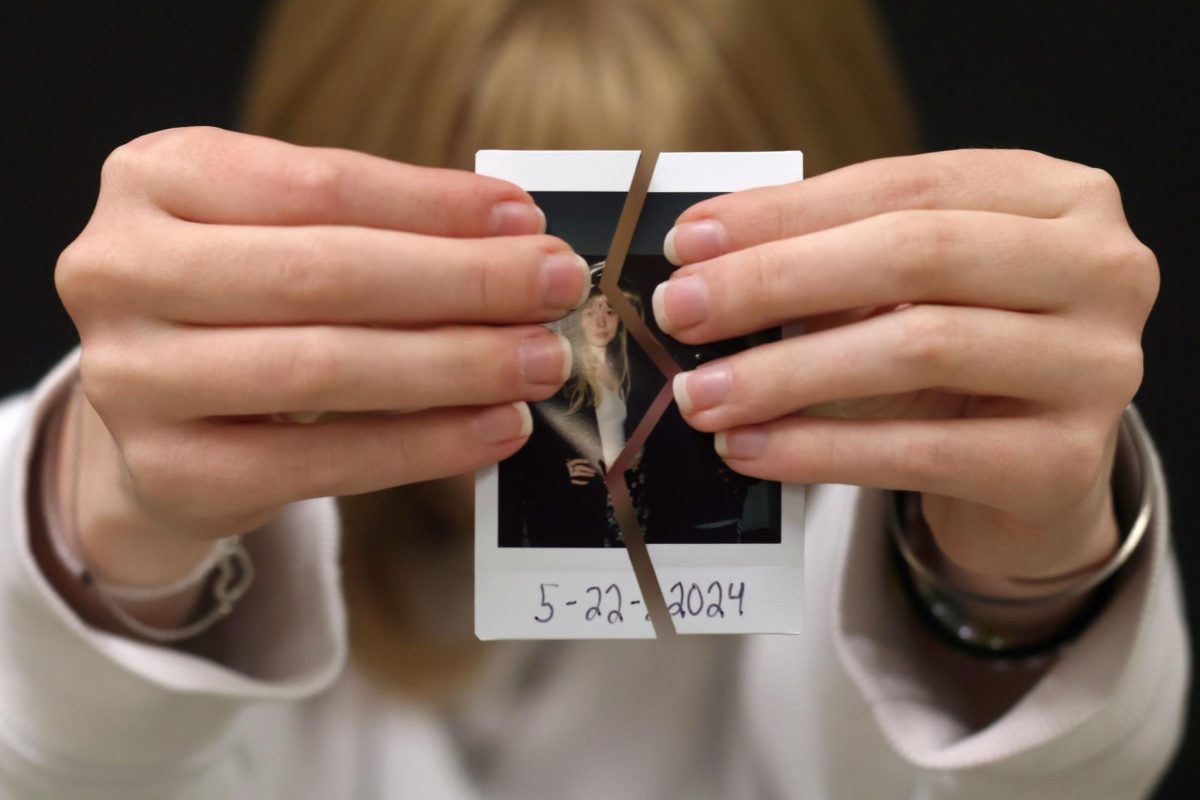

!["I hope to become fond [of] and understand the new dynamic of a life where I don't really have boundaries set by another person, but rather more of a liberal freedom."](https://farhar.net/wp-content/uploads/2025/05/topten9.jpg)
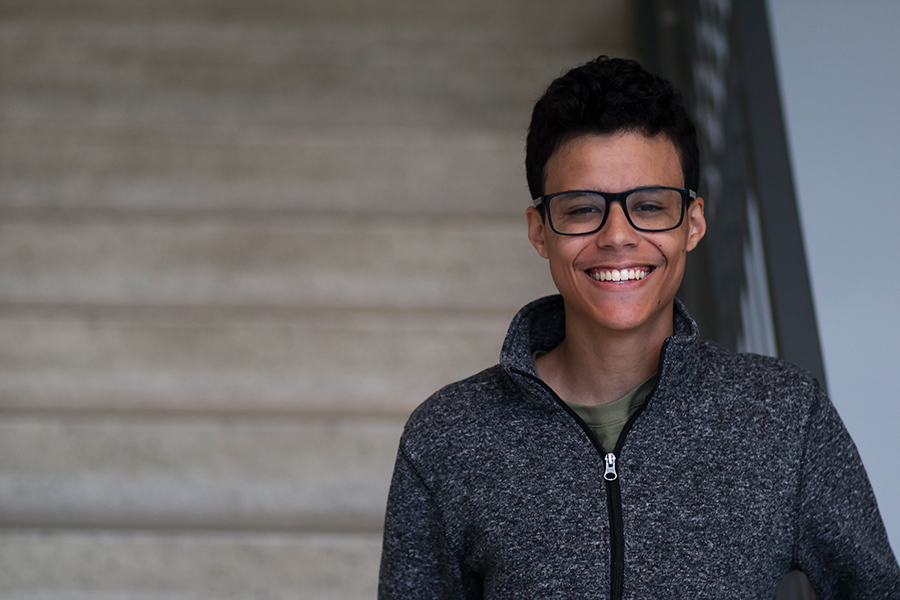
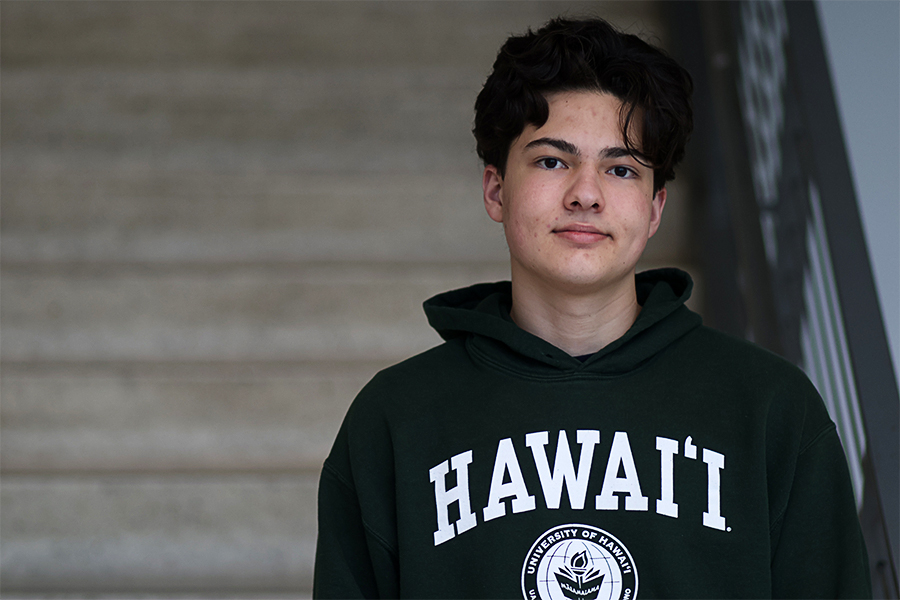

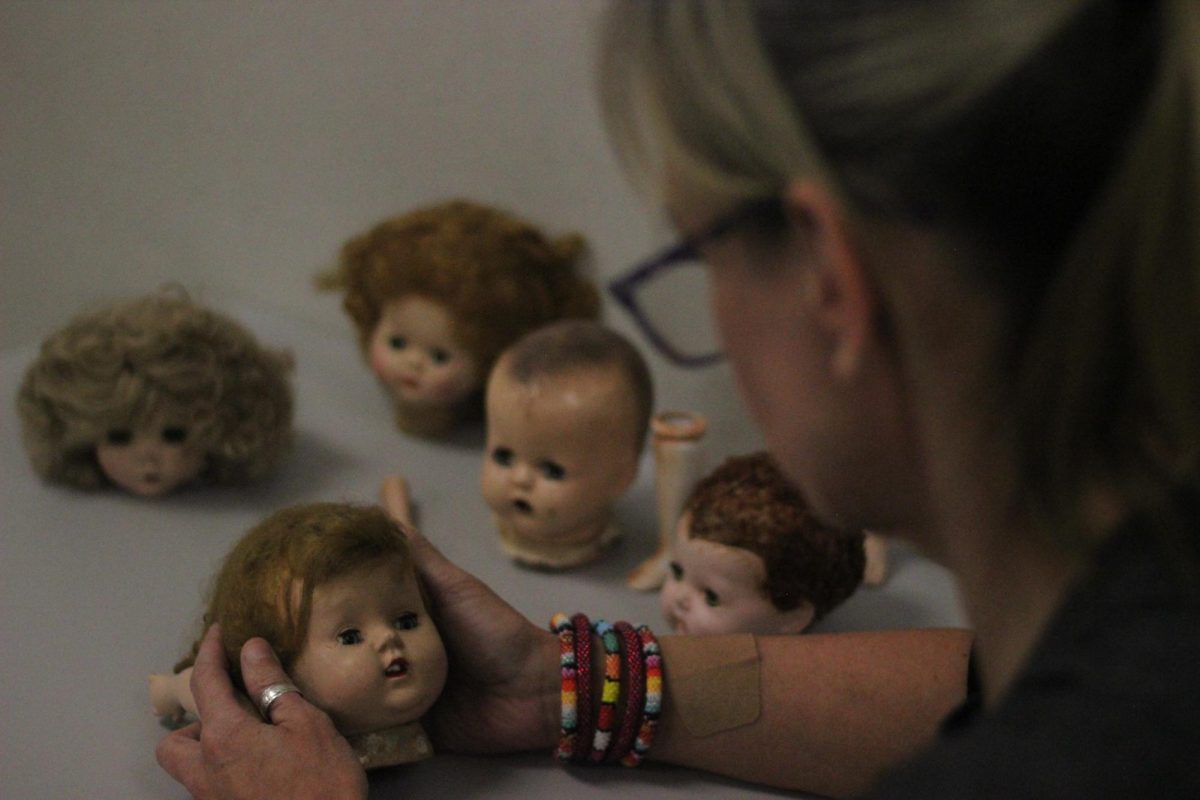
!["Learning is a really important aspect of high school – that's why we're here. I think the whole top ten thing can also encourage somebody [to] focus on grades and not the actual learning."](https://farhar.net/wp-content/uploads/2025/05/topten6.jpg)
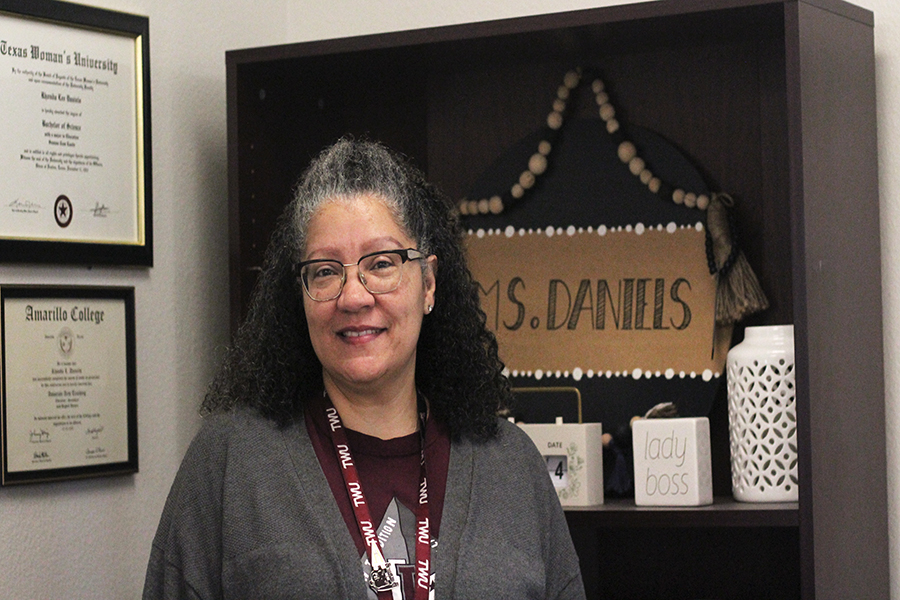

![“The feeling I get is a sense of accomplishment knowing I managed to make at least one person happy by collecting,” Blake said. “Knowing what we collect and [who] it goes toward – people get a sense of accomplishment from that.”](https://farhar.net/wp-content/uploads/2024/12/BLAKE.IMG_9951.jpg)
